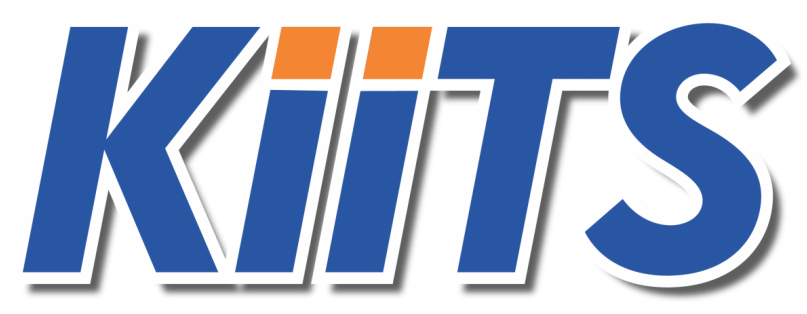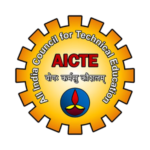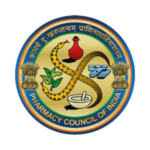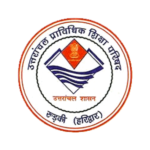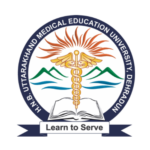The global pharmaceutical markets is characterized by its significant contributions to public health, the economy, and technological advancements. However, it also faces numerous regulatory challenges that can impede its growth and innovation. These challenges arise from the complex, often fragmented, regulatory environments across different countries and regions. Understanding these challenges is crucial for global pharmaceutical markets companies aiming to navigate the global market effectively.
Diverse Regulatory Requirements
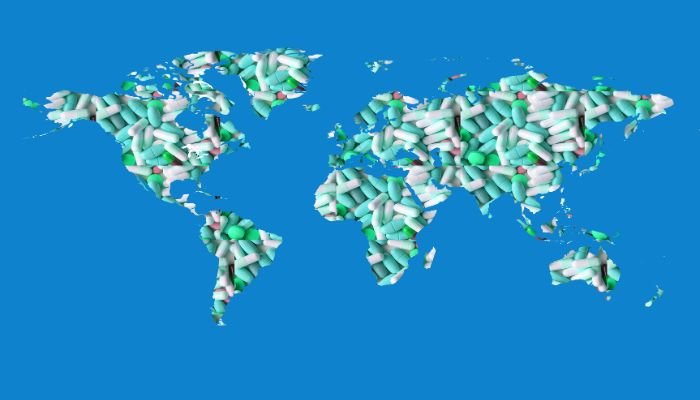
One of the primary challenges in the global pharmaceutical markets is the diversity of regulatory requirements. Each country has its own set of regulations governing the approval, marketing, and distribution of pharmaceutical markets products. These regulations can vary significantly, making it difficult for companies to develop a unified strategy for product launches.
Examples:
– FDA (United States): Requires comprehensive clinical trial data, including diverse demographic representation.
– EMA (European Union): Emphasizes a centralized procedure for global pharmaceutical markets authorization but also allows national-level procedures.
– PMDA (Japan):Focuses on rigorous post-market surveillance and local clinical data requirements.
Regulatory Harmonization
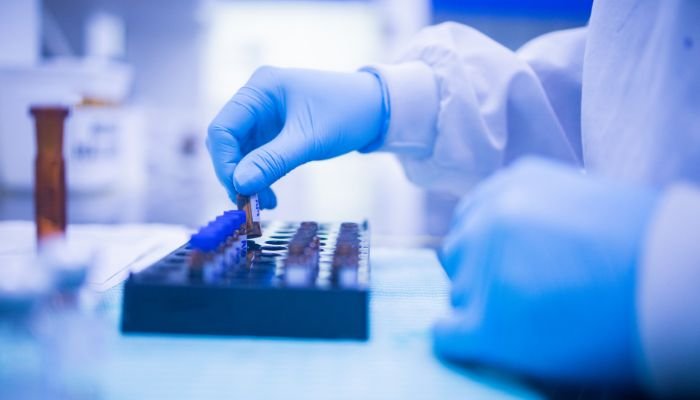
Efforts to harmonize regulatory standards, such as the International Council for Harmonization of Technical Requirements for global Pharmaceutical markets for Human Use (ICH), have made progress but are still far from achieving global uniformity. The varying pace of adoption of ICH guidelines among member countries adds to the complexity.
Challenges:
– Inconsistent Adoption: Some countries adopt ICH guidelines more slowly or partially, leading to discrepancies.
– Local Adaptations: Countries might adapt international guidelines to fit local contexts, creating variations.
Approval Timelines
The time required to obtain regulatory approval can vary widely, impacting the speed at which new drugs can reach the market. Lengthy approval processes can delay access to potentially life-saving medications and affect the commercial viability of global pharmaceutical markets companies.
Factors Affecting Timelines:
Regulatory Capacity: Some countries have fewer resources dedicated to regulatory review, leading to longer timelines.
Complexity of Review: Advanced therapies such as biologics and gene therapies often require more complex and lengthy reviews.
Post-Market Surveillance
Post-market surveillance (PMS) is critical for ensuring the ongoing safety and efficacy of global markets of pharmaceutical. However, the requirements for PMS can differ significantly across countries, presenting challenges in monitoring and reporting adverse events consistently.
Key Aspects:
Data Collection and Reporting: Different countries have varying standards for the types and frequency of data required.
Regulatory Responses: Actions taken in response to adverse events can vary, influencing the global markets presence of products.
KIITS Pharmacy College in Dehradun stands out as the Best B.Pharma College in Dehradun, offering exceptional education and training. With state-of-the-art facilities and experienced faculty, we prepare future pharmacists for successful careers. Join us for an unparalleled academic journey.
Intellectual Property and Generic Drugs
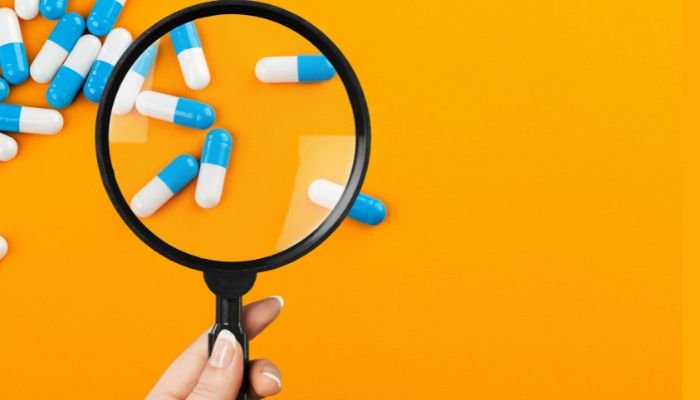
Intellectual property (IP) protection is crucial for encouraging innovation in the pharmaceutical markets. However, the balance between protecting IP and promoting the availability of generic drugs is a contentious issue. Different countries have varying laws regarding IP, patents, and data exclusivity.
Issues:
Patent Cliff : The expiration of patents can lead to a significant loss of revenue for original drug manufacturers.
Compulsory Licensing : Some countries may issue compulsory licenses for generic production of patented drugs to ensure affordability and accessibility.
Market Access and Pricing
Regulatory policies around market access and drug pricing can vary, affecting how pharmaceutical markets products are priced and reimbursed. Negotiations with national health systems and insurance providers can be complex and time-consuming.
Considerations:
Price Controls : Some countries implement strict price controls to manage healthcare costs.
Reimbursement Policies: The criteria for reimbursement can differ, impacting market access.
Compliance and Inspections
Ensuring compliance with Good Manufacturing Practices (GMP) and undergoing regular inspections are critical for maintaining product quality and safety. Different regulatory bodies have their own inspection protocols and compliance requirements.
Examples:
FDA Inspections: Known for their thorough and rigorous inspections.
EMA Audits: Focus on harmonized inspections across EU member states but may have varying local interpretations.
Global Supply Chain Management
The global pharmaceutical markets supply chain for pharmaceuticals is complex and can be affected by various regulatory requirements related to import/export controls, quality standards, and logistics.
Challenges:
Supply Chain Security: Ensuring the integrity and security of the supply chain across multiple countries.
Regulatory Coordination: Coordinating regulatory requirements across different jurisdictions for raw materials and finished products.
Conclusion
Navigating the regulatory challenges in the global pharmaceutical markets requires a strategic approach that includes understanding diverse regulatory landscapes, harmonizing standards where possible, and ensuring compliance with varying requirements. Pharmaceutical markets companies must stay abreast of regulatory changes and work collaboratively with international regulatory bodies to streamline processes and promote global health. Despite the complexities, addressing these challenges is essential for the successful development and distribution of global pharmaceutical worldwide.
FAQs
Q1: What are the main regulatory challenges faced by the global pharmaceutical markets ?
A1: The main regulatory challenges include diverse regulatory requirements across countries, inconsistent adoption of harmonized guidelines, varying approval timelines, different post-market surveillance standards, intellectual property issues, market access and pricing variations, compliance and inspection protocols.
Q2: How do diverse regulatory requirements impact pharmaceutical companies?
A2: Different countries have unique regulations for drug approval, marketing, and distribution. This diversity makes it difficult for companies to develop a unified strategy for product launches, leading to increased costs and complexity in compliance.
Q3: What efforts are being made to harmonize regulatory standards globally?
A3: Organizations like the International Council for Harmonization of Technical Requirements for Pharmaceuticals for Human Use (ICH) work towards harmonizing standards. However, the inconsistent adoption and local adaptations of these guidelines add complexity to global harmonization efforts.
Q4: Why do approval timelines vary across countries?
A4: Approval timelines vary due to differences in regulatory capacity, resources dedicated to regulatory review, and the complexity of the review process, especially for advanced therapies like biologics and gene therapies.
Q5: What challenges exist in post-market surveillance (PMS)?
A5: PMS requirements differ significantly across countries, complicating consistent monitoring and reporting of adverse events. Variations in data collection standards and regulatory responses to adverse events add to the complexity.
Q6: How do intellectual property and generic drug regulations differ globally?
A6: Intellectual property (IP) protection laws vary, affecting patent durations and data exclusivity. Issues like the patent cliff and compulsory licensing for generics create challenges in balancing innovation incentives and drug affordability.
